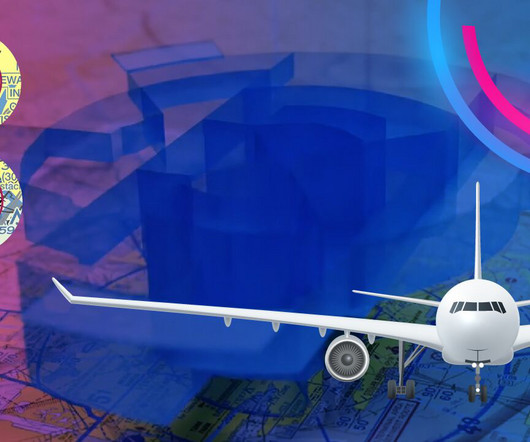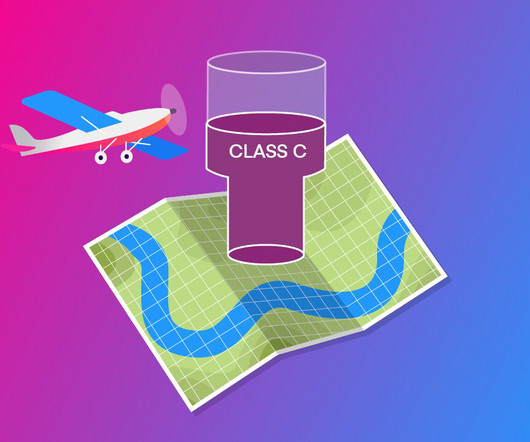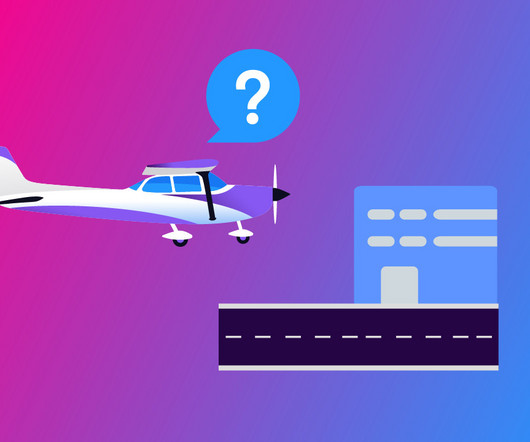Class E Airspace Explained
Pilot Institute
OCTOBER 2, 2024
Key Takeaways Class E airspace is the most common controlled airspace in the United States. It typically begins at 1200 feet AGL but can start lower in some locations. No ATC clearance is required for VFR flights below 10,000 feet. They allow you enough clearance to see and avoid other airplanes.













Let's personalize your content